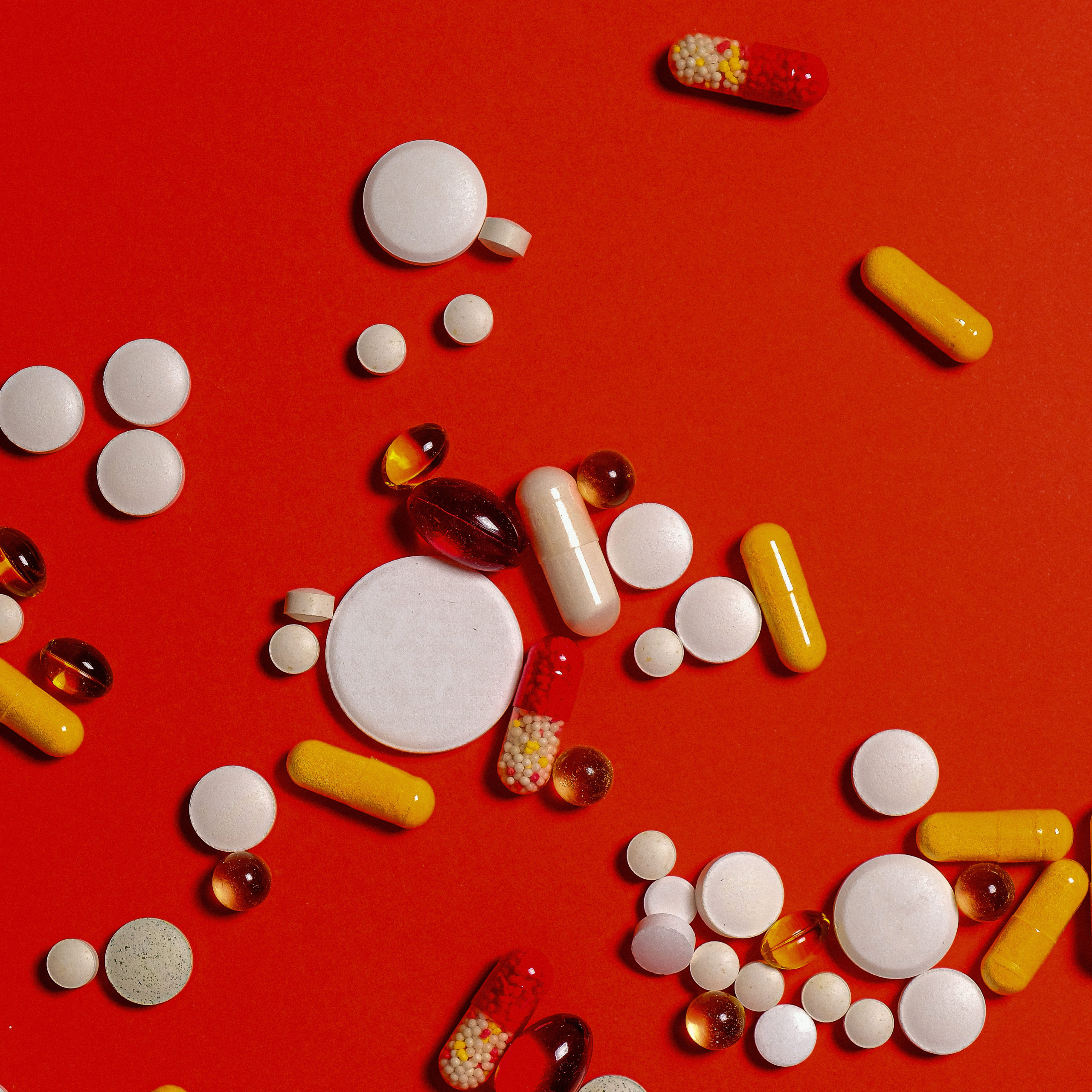The government explicitly grants innovators temporary market exclusivity to provide an opportunity for groundbreaking pharmaceutical companies to recover the costs of capital associated with developing novel treatments. This was one of the express purposes of past federal reform legislation, such as the Hatch-Waxman Act signed in 1984 and the Biologics Price Competition and Innovation Act of 2009 (BPCIA).
The reality that, since 2000 alone, 750 new medicines have been developed, demonstrating that these acts are achieving their stated purpose. The pharmaceutical industry’s investments in R&D relative to other industries also demonstrate the efficacy of the Hatch-Waxman/BPCIA approach.
Between 2012 and 2022, the biopharmaceutical industry invested $279,000 per employee into R&D investments, which is 13 times larger than the average investment for all manufacturing industries. Further, biopharmaceutical companies invested more than $12 million for every patent issued, which was also higher than any other sector.
However, the biopharmaceutical industry’s sales revenues generated per patent was $38.5 million, which is only average. Manufacturing in the professional, scientific, and technical services earned nearly $300 million per patent in comparison – nearly 8 times higher.
The extreme gap between investment required per patent and revenue per patent illustrates the inherent risk associated with developing new medicines. The smaller revenue per patent also further undermines the accusations that market manipulation is occurring.
The other purpose of Hatch-Waxman and the BPCIA was to incentivize generic and biosimilar competition to promote affordability once innovators have had the opportunity to cover the costs of capital. The evidence demonstrates that here too these acts are achieving their purpose and incentivizing a competitive drug market.
As a February 2024 HHS report notes, “unbranded generics made up 90 percent of U.S. prescription volume” in 2022. In other words, the vast majority of the U.S. drug market is competitive. Not only is the market competitive, but prices for unbranded generics are also much lower than prices in key OECD countries.
Specifically, the report found that generic drugs cost U.S. patients $0.67 for every $1.00 patients in other countries pay. Put differently, drug costs on 9 out of every 10 prescriptions filled in the U.S. are lower than the costs for these drugs in the other OECD countries.
These achievements do not mean that there are no serious problems with the pharmaceutical market. There are, but these problems are not caused by “anticompetitive practices.” They result from domestic and foreign regulatory policies that need to be addressed.
There is scant evidence that drug prices are unaffordable due to widespread anticompetitive activities. Focusing on this issue is a distraction, consequently. It is problematic because the focus on these non-issues makes it more difficult to implement positive reforms that will promote greater affordability.
Wayne Winegarden, Ph.D. is a Sr. Fellow in Business and Economics and the Director of the Center for Medical Economics and Innovation at the Pacific Research Institute.

